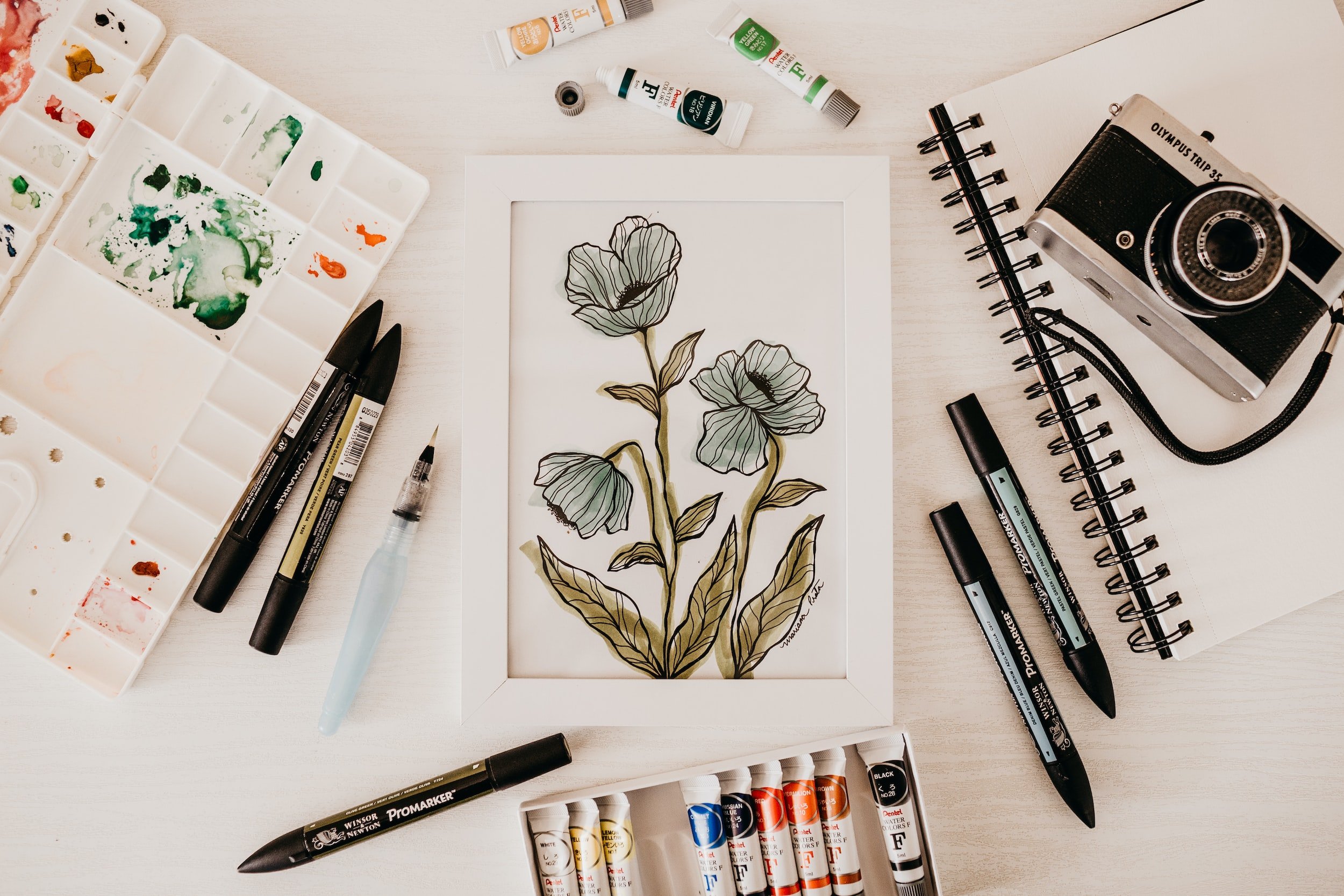Communicate Your Research Visually
November was Academic Writing Month, a time to focus on making progress on academic papers, articles, or books. Today, with much of our communication occurring online, academic writing requires more than writing. In this interview Dr. Tullio Rossi describes using graphical abstracts and animations to share essential elements of a study. Dr. Rossi is a Mentor in Residence for December, so throughout the month you will find posts with practical advice.
Images or other creative expressions generated by participants can offer rich sources of data. What are the ethical issues in such studies, and how can we navigate them? Find examples and guidance in this collection of open-access articles.
Listen to Suzanne Culshaw and Suzanne Albary discuss visual methods in research.
In this interview Daria Khanolainen explains how she used graphic vignettes to study school bullying, and the usefulness of this approach for studying sensitive issues.
Welcome to December 2022 and a focus on creative, visual, and arts-based methods!
This month let’s go beyond words in academic communications!
When reading a visualization, is what we see really what we get? There are a lot of ways that visualizations can mislead us, such that they appear to show us something interesting that disappears on closer inspection. Such visualization mirages can lead us to see patterns or draw conclusions that don’t exist in our data. We analyze these quarrelsome entities and provide a testing strategy for dispelling them.
Helen Kara wrote a book about creative methods, and continues to explore new approaches. In this post she shares some examples with MethodSpace readers.
I coined the term "enacted" to describe emerging types of creative methods. Enacted approaches involve multiple interactions and a deep degree of collaboration that involves researcher(s) and one or more participants.
View the Get Creative! Research with Pictures & Stories webinar











In this interview Gillian Rose and Janet Salmons discuss visual methodologies and methods, and the fifth edition of Rose’s important book, Visual Methodologies: An Introduction to Researching with Visual Materials.